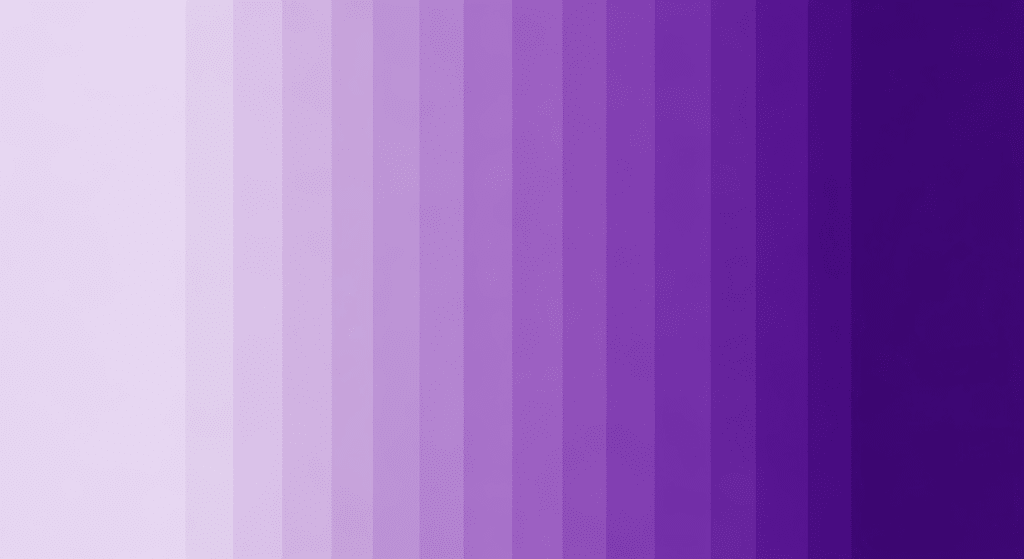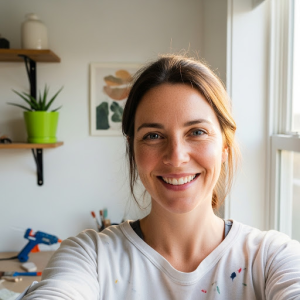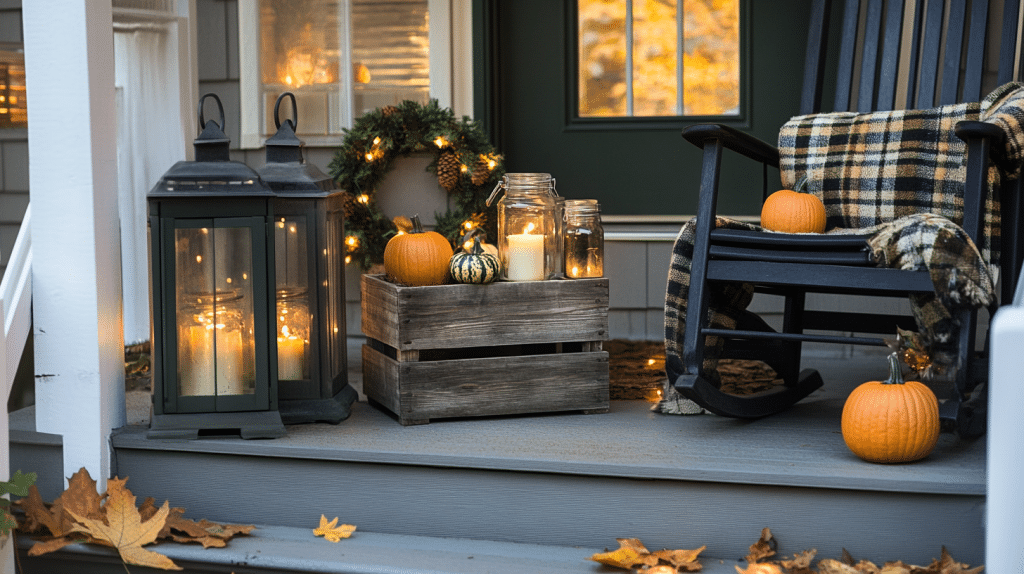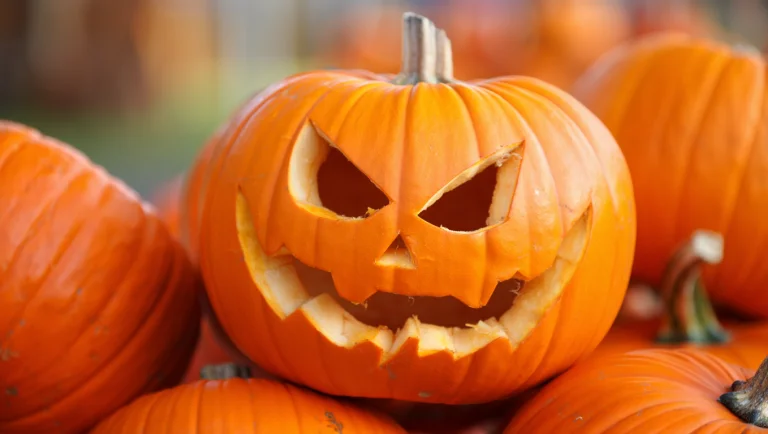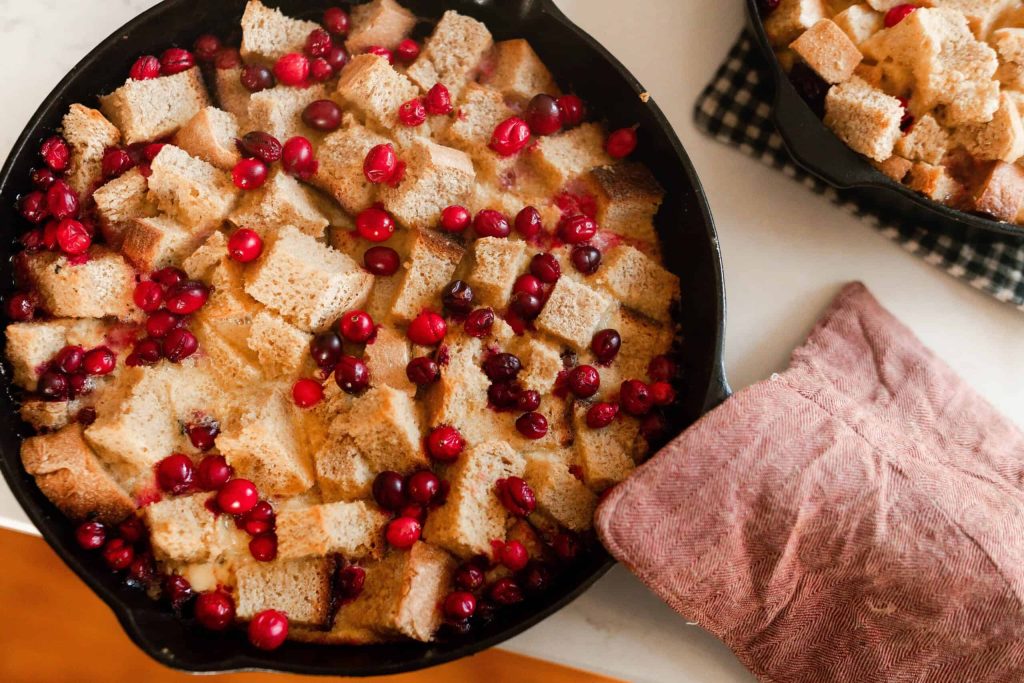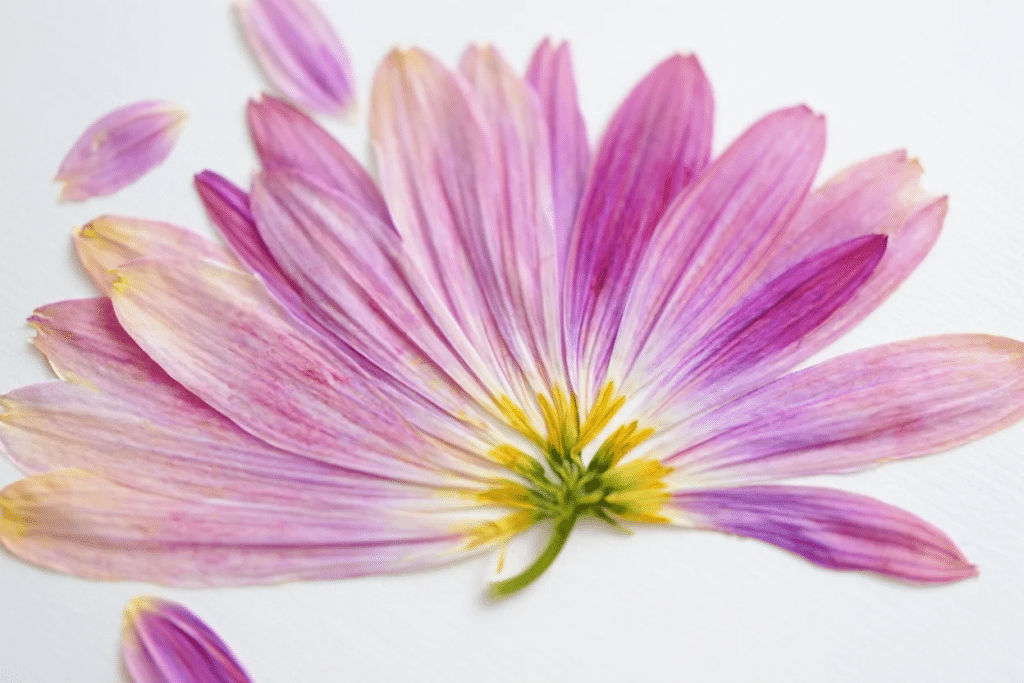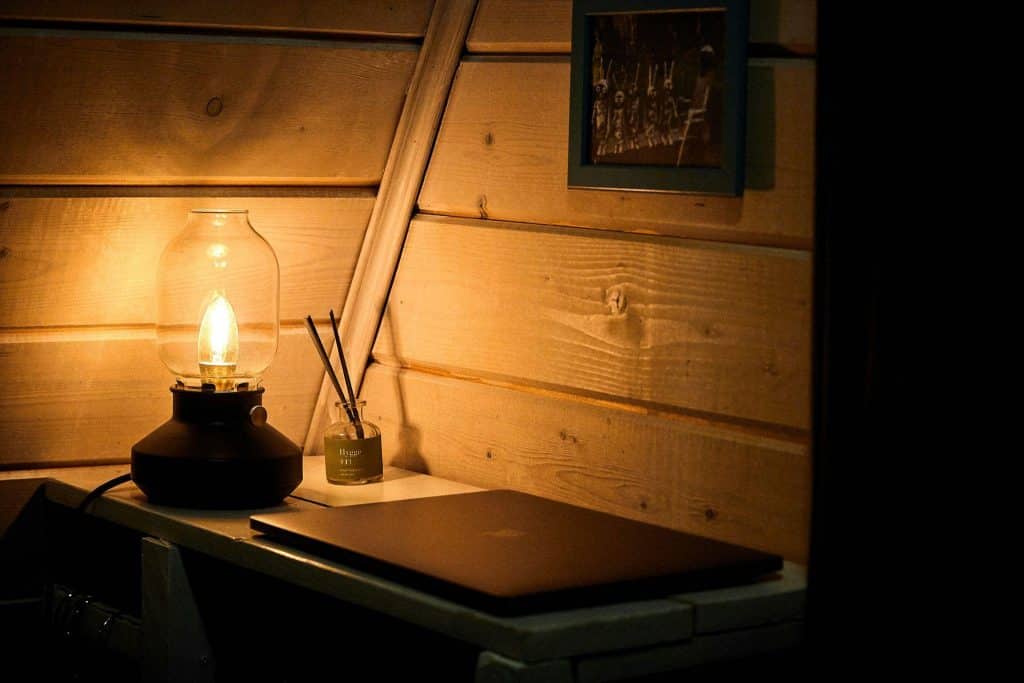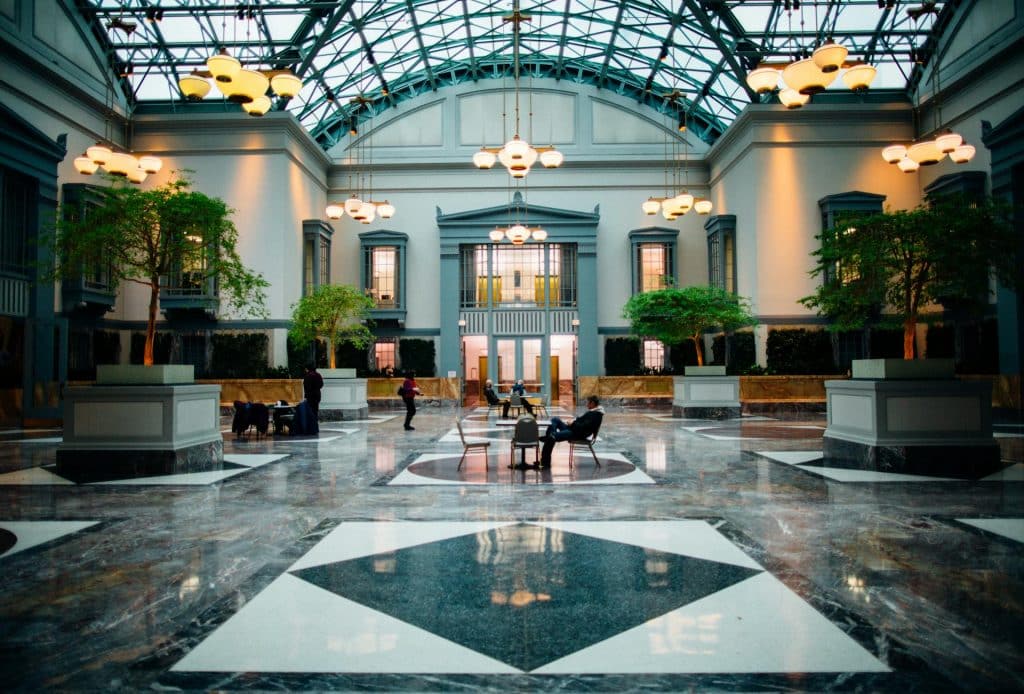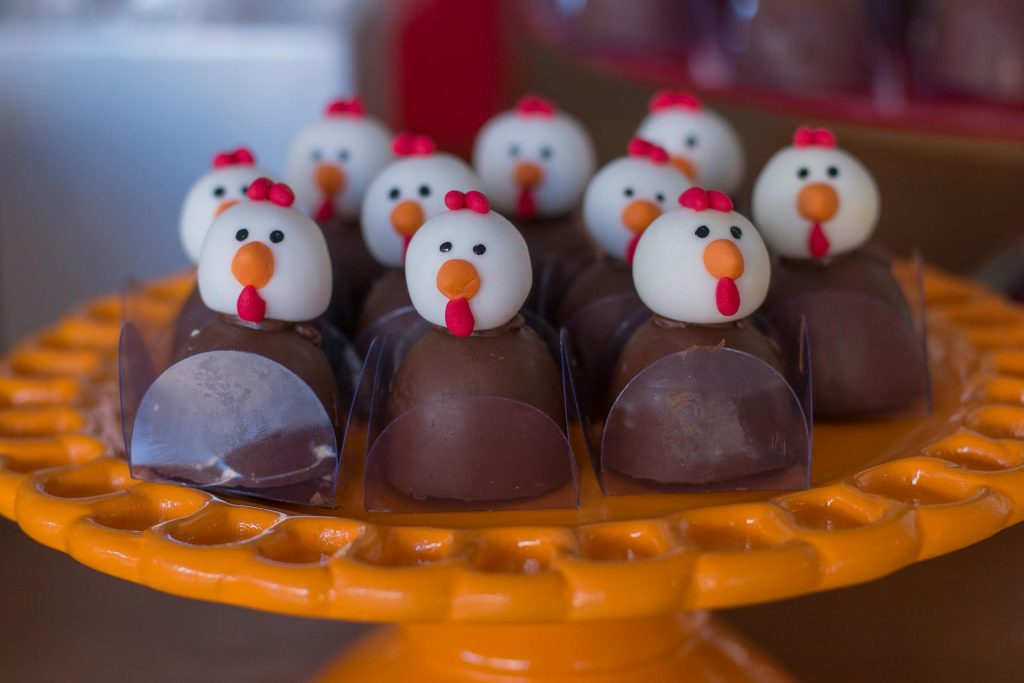The Color Wheel
Let me start by explaining the color wheel to you in simple terms.
You’ve got three primary colors first – red, blue, and yellow. These are the building blocks.
Mix any two primaries together, and you’ll get secondary colors. Red plus blue makes purple. Blue plus yellow creates green. And yellow mixed with red gives you orange.
Then there are tertiary colors. These happen when you mix a primary with a secondary color next to it. Think blue-green or red-orange.
Now, here’s the interesting part about opposite colors. If you look at any color wheel, you’ll notice that complementary colors sit directly across from each other.
They’re positioned exactly 180 degrees apart.
When you put these opposites together, something magical happens. They make each other look brighter and more vibrant.
Artists and designers love this relationship. Why? Because complementary colors create natural balance in their work.
So, What Color is Opposite of Purple?
The answer is straightforward. Yellow is the opposite color of purple on the color wheel.
Here’s why this makes perfect sense. Purple is created by mixing red and blue, two of the three primary colors.
That leaves yellow standing alone as the remaining primary. Since purple contains no yellow whatsoever, these two colors are complete opposites. They’re as different as colors can get.
But wait, there’s more to this story. Not all purples and yellows are the same, right?
Each shade of purple has its own perfect opposite partner. Let me show you how different purple tones match up with their yellow counterparts:
| Purple Shade | Opposite Color | Visual Effect |
|---|---|---|
| Lavender (light purple) | Pale yellow | Soft, gentle contrast that feels calming |
| Violet (deep purple) | Gold | Rich, dramatic combination with strong impact |
| Magenta (reddish purple) | Yellow-green | Fresh pairing with energy |
| Indigo (bluish purple) | Yellow-orange | Warm meets cool for balanced contrast |
| Plum (medium purple) | Chartreuse | Bold, unexpected match that catches the eye |
Opposite Color of Purple in RYB Color Model
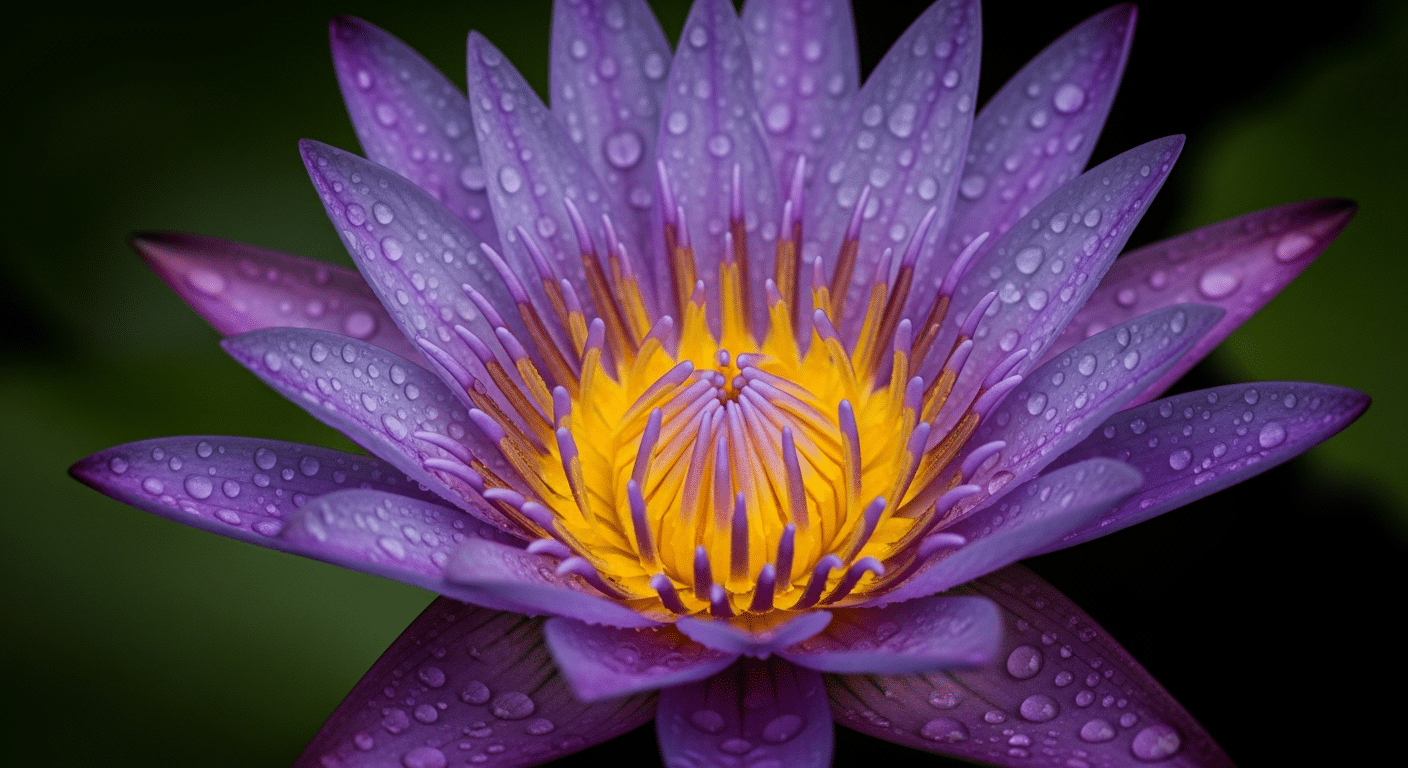
The RYB model (Red, Yellow, Blue) is what traditional artists have used for centuries.
It’s the color system you learned in art class, and painters still swear by it today.
In this model, yellow sits directly opposite purple on the wheel. This isn’t just theory.
Nature shows us this pairing constantly. Look at pansies with their purple petals and bright yellow centers. Or irises that combine deep purple with yellow beards.
These combinations aren’t accidents; they catch our eye because the contrast works.
Interior decorators use this knowledge too. I’ve seen living rooms where purple throw pillows pop against yellow walls. The effect? Instant visual interest without trying too hard.
Opposite Color of Purple in RGB Color Model
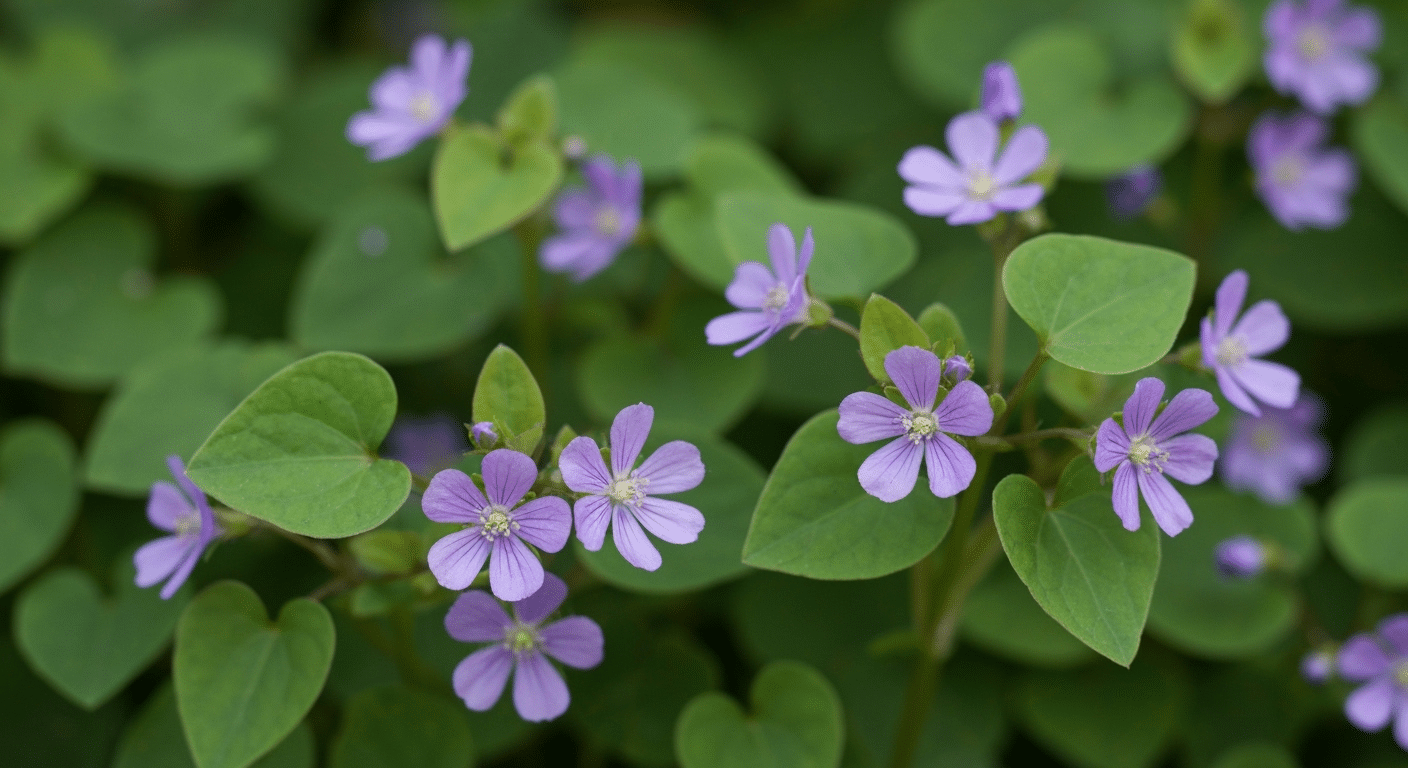
Now, let’s switch gears to the digital world.
RGB (Red, Green, Blue) is how screens create color. Your phone, computer, and TV all use this system.
In RGB, purple (or violet) actually sits opposite green, not yellow. Surprised? I was too when I first learned this. The whole relationship shifts because we’re dealing with light, not paint.
Why the difference? RGB mixes colored light together. When you combine all three colors at full brightness, you get white light.
That’s completely different from mixing paints, where combining everything gives you muddy brown.
This changes how colors relate to each other on the wheel.
You see this green-purple pairing everywhere in digital spaces:
- Website designers use purple buttons on green backgrounds for maximum pop
- Digital artists create vibrant illustrations with violet and green light effects
- Stage lighting crews combine purple and green lights for dramatic scenes
- Video game designers use this contrast to guide players’ attention
How Complementary Colors Work
Complementary colors create the strongest visual contrast possible.
When you place purple and yellow side by side, each color makes the other appear more intense. It’s like they’re boosting each other’s energy.
Our eyes actually crave this balance.
Here’s what happens when we see purple and yellow together:
- The colors stimulate different cone cells in our eyes
- Our brain processes them as a complete visual experience
- Neither color overpowers the other — they share equal visual weight
- The contrast feels satisfying, almost like solving a puzzle
You’ll also spot this purple-yellow partnership everywhere once you start looking:
In art: Van Gogh used violet shadows with yellow highlights. Monet painted purple irises against golden backgrounds.
In photography: I’ve captured purple wildflowers in golden hour light. The warm yellow glow makes those purples sing.
In nature: Think about pansies with their purple and yellow faces. Or a sunset where violet clouds float across a yellow-orange sky. Nature knows this combination works.
Using Purple’s Opposite Colors in Design
The right color combination can make or break your design. Purple, with its opposite colors, creates feelings you can actually control.
Purple and Yellow Combinations
Purple and yellow together create instant energy.
This pairing feels cheerful, bold, and impossible to ignore. I see this combination work magic in children’s rooms, spring gardens, and sports team branding.
The Lakers knew what they were doing with this choice.
Want to use purple and yellow effectively? Here’s what works:
- Soft with soft: Lavender walls with buttery yellow curtains feel like a spring morning
- Bold with bold: Deep violet and bright gold make a statement in small doses
- One leads, one follows: Let purple dominate with yellow accents, or flip it around
- Add breathing room: White or gray spaces between these colors prevent visual overload
Purple and Green Combinations
Purple and green hits differently.
This combination feels natural yet unexpected, like finding violets growing in a forest. It’s the combo you see in peacock feathers and summer twilight skies.
These colors work together because they share a secret. Green contains blue, and so does purple. This common ground helps them play nicely together.
Here’s how to make them shine:
- Go tonal: Sage green with dusty purple creates calm, sophisticated spaces
- Create contrast: Bright lime with deep plum gives you drama without chaos
- Think nature: Purple blooms with green leaves never fails
- Consider the mood: Cool greens with cool purples feel serene. Warm versions feel exotic
Concluding Thoughts
In the end, the opposite color of purple depends on where you’re looking.
On the artist’s color wheel (RYB), it’s yellow. On digital screens (RGB), it’s green.
Both pairings create balance and beauty in different ways. Whether you’re painting a wall or designing online, using purple’s opposite brings life, contrast, and harmony to what you create.


